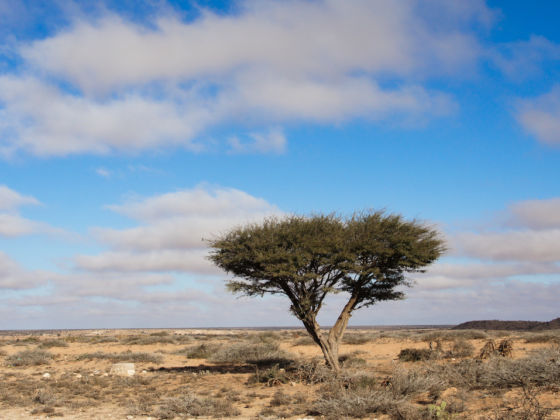CONTINUING OUR SERIES on the famine currently affecting the horn of Africa, I put some questions to SandraNgwena, who spent the last month working on the Horn of Africa crisis.
You’re currently on the ground. Can you please tell us exactly where you are, how you got there, and what’s happening around you at the moment?
